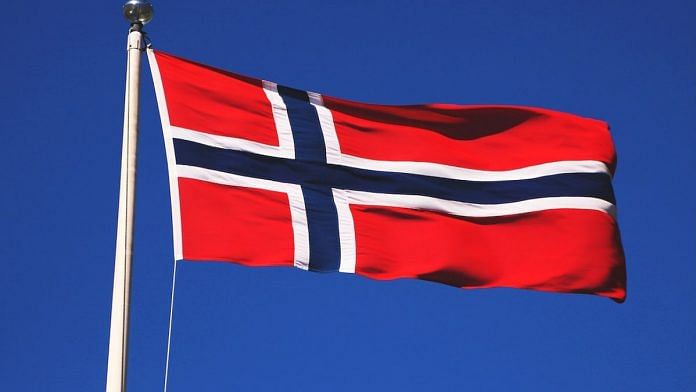
Thank you dear subscribers, we are overwhelmed with your response.
Your Turn is a unique section from ThePrint featuring points of view from its subscribers. If you are a subscriber, have a point of view, please send it to us. If not, do subscribe here: https://theprint.in/subscribe/
India has made remarkable progress as a global superpower in recent years, but still faces significant challenges in creating a balanced and sustainable society. One country that India can learn from is Norway, which has achieved a high level of social welfare policies, environmental sustainability, and social equality.
Norway’s experience in sustainable development is an area where India can learn a lot. Norway has invested heavily in hydropower and wind power, which now account for 98% of the country’s electricity production, and has implemented policies that promote electric vehicles and hydrogen fuel cells. India, already a world leader in renewable energy production, can further reduce its carbon footprint and build a more sustainable future by adopting Norway’s best practices and technologies.
Norway’s social welfare policies are also worth emulating. Norway has a high level of social equality and access to healthcare, education, and pensions, whereas India faces significant challenges in providing basic healthcare and education to its population, especially in rural areas. India can learn from Norway’s social welfare policies, such as its universal healthcare system, and implement similar policies to provide basic services to its citizens. By investing in education and healthcare, India can improve the quality of life for its citizens and promote social equality.
Gender equality is another crucial area. Norway has policies that promote equal pay, parental leave, and political representation for women, whereas India still faces significant challenges in achieving gender equality, with low rates of female participation in the workforce and high rates of violence against women. India can learn from Norway’s policies and programs that promote gender equality and empower women, such as providing equal access to education and training programs for women. By empowering women and promoting gender equality, India can unlock the full potential of its population and build a more prosperous and equitable society.
Finally, Norway’s approach to governance and public trust in institutions is an area of importance. Norway is consistently ranked as one of the least corrupt countries globally, with high levels of public trust in its institutions. In contrast, India faces significant challenges in reducing corruption and promoting transparency in its governance. India can learn from Norway’s policies that promote transparency and accountability in its institutions, such as its public access to government data.
In conclusion, By adopting Norway’s best practices and technologies in sustainable development, social welfare policies, gender equality, and governance, India can achieve its potential as a global leader, and build a more balanced and sustainable society that benefits all its citizens.
These pieces are being published as they have been received – they have not been edited/fact-checked by ThePrint.

COMMENTS